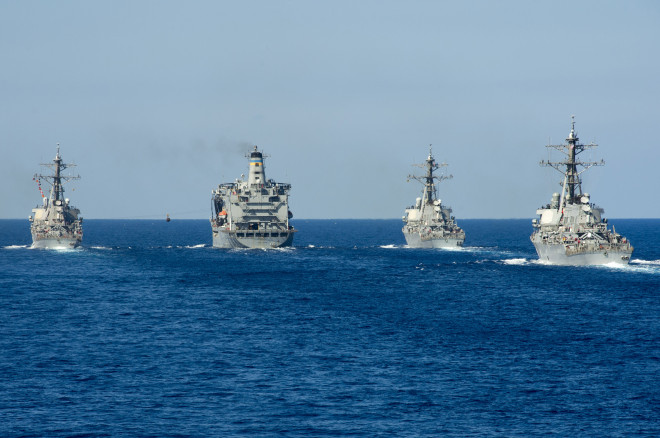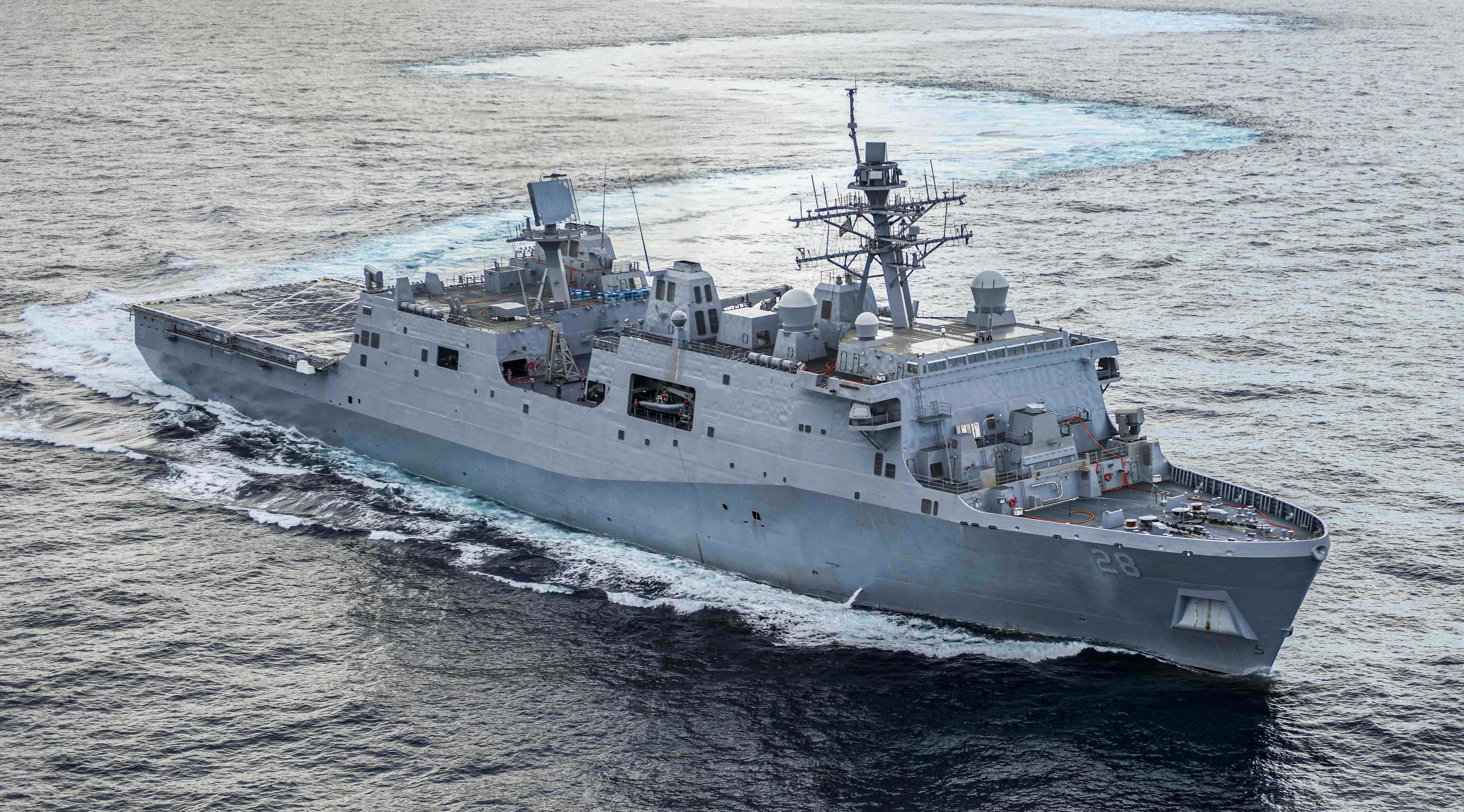
Even with most of the Navy’s civilian workforce returning to their jobs on Monday, there are still lingering questions on how the government shutdown on the Navy’s ships and aircraft.
Last week’s Pay Our Military Act (POMA) was able to put 350,000 furloughed Department of Defense civilian workers back on the job, including 70,000 Navy employees, but the military still hasn’t said gone into detail on how the lack of funding for other aspects of the military’s mission.
“[POMA] did not appropriate money for material including fuel and supplies With this change we’re able to pick some stuff back up there is a certain point there will come a trickle down effect,” Navy spokeswoman Lt. Caroline Hutcheson told USNI News on Monday.
“But there is no status change at this point to aviation or at-sea operations.”
How long the Navy can operate under the shutdown is unclear.
“Critical parts, or supplies [including fuel], will run out, and there will be limited authority to borrow more,” to replace them, Secretary of Defense Chuck Hagel said on Saturday.
Hutcheson — and several other Navy officials contacted by USNI News — would not detail the affects of the shutdown on the Department of the Navy.
On Friday, U.S. Fleet Forces commander Adm. Bill Gortney issued guidance to Navy commanders emphasizing cost saving.
“Based on existing orders, you are directed to execute only those activities that are absolutely necessary to safely accomplish currently assigned “excepted missions and operations.” Where possible, you should avoid or delay expenditures unless they are absolutely necessary,” Gortney wrote.
“This is not business as usual.”
The Navy has issued a list of essential missions that can happen during the shutdown:
– Protection of Life and Property/National Security
– Safety of Persons and Protection of Property
– Acquisition and Logistics Support
– Education and Training
Even with the passage of POMA, “there hasn’t been any change in the non-exempted list,” Hutcheson said.
The military’s reluctance to detail the impacts of the shutdown is a stark contrast from the services’ detailed annunciation of the projected operational impacts of ongoing sequestration cuts and limitations of a series of continuing resolutions.





